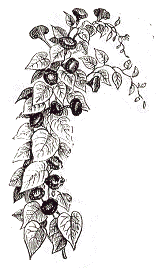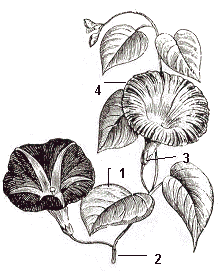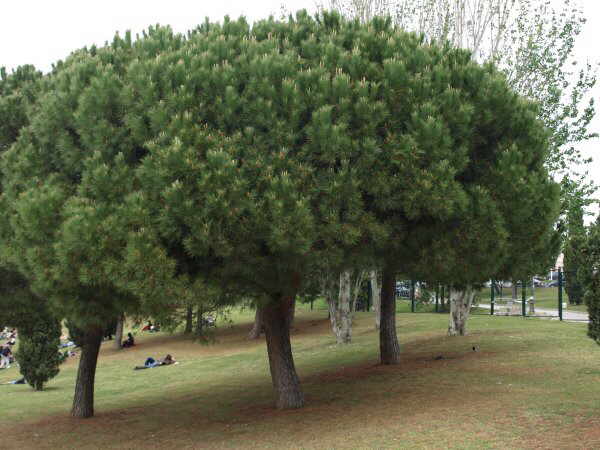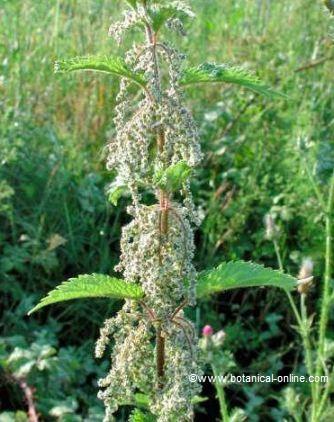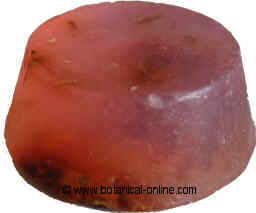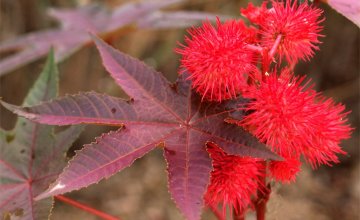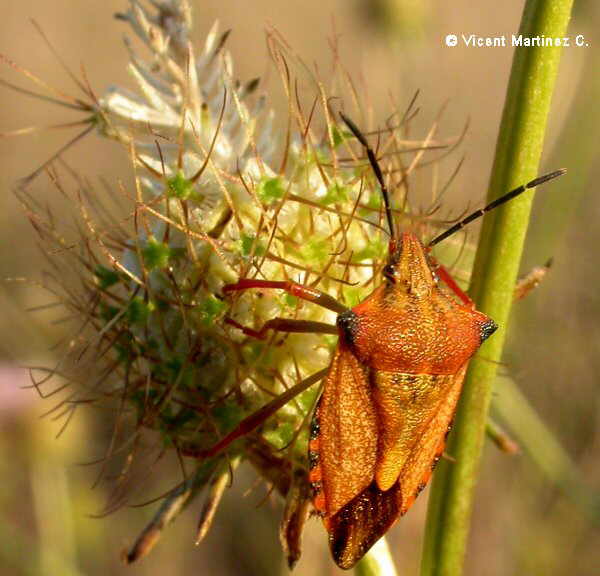Bindweed family
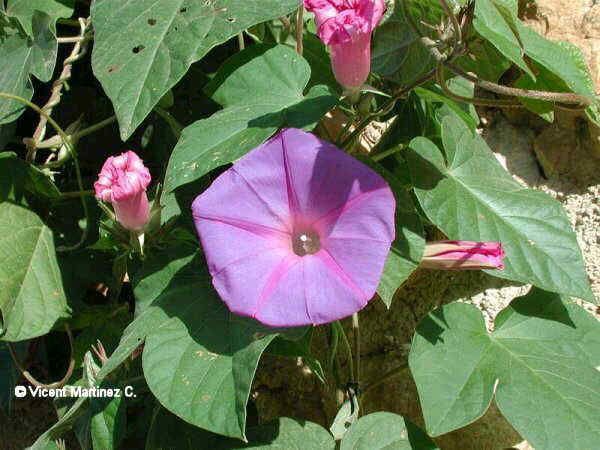
Photo of Ipomoea acuminata a convolvulaceae that becomes a parasitic herb in places where it can be adapted
The Bindweed family – convolvulaceae – comprises about 1500 species of plants scattered worldwide. Some are shrubs; other trees. Many of them are climbing plants. There are also some parasitic plants
Some species, such as Ipomoea batatas (sweet potato) is cultivated in many places around the world because of its tubercles; other ones, like the Mexican Exogonium purga (jalap) or the Indian Operculina turpethum contain medicinal and purgative properties in their tuberous roots.
Some members of this family are used in gardening, like in the case of the Ipomoema genus, and more precisely the species Ipomoea acuminata, which, after being cultivated for many years, can be found in the wild as a naturalized species.
| |
Leaves (1): alternate and simple. Sometimes in parasites reduced to scales. | |
Stems (2): Generally climbing. Also erect. | |
Flowers: Very big and distinguished, grouped in inflorescences. | |
Calyx (3): 5 free petals. | |
Ipomoea purpurea | |
Corolla (4): 5 petals joined together. Funnel-shaped. | |
Stamens: 5, stuck inside the corolla. Ovary: Superior. Style: 1 or 2 | |
Fruit (5): a dehiscent capsule. |
Genera
About 50 genera. The most important ones are the following:
CALYSTEGIA
CONVOLVULUS

